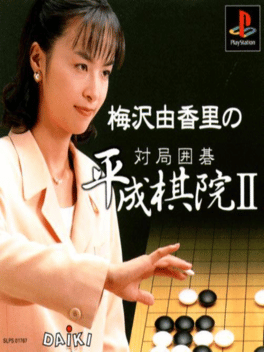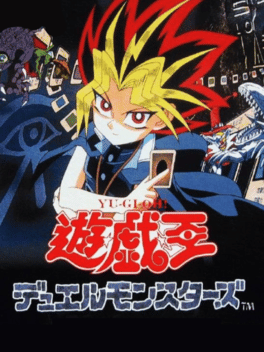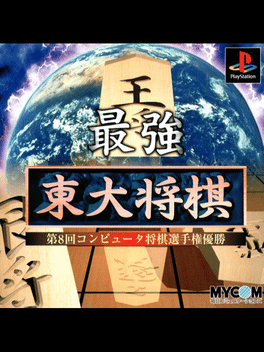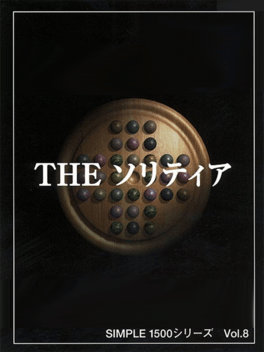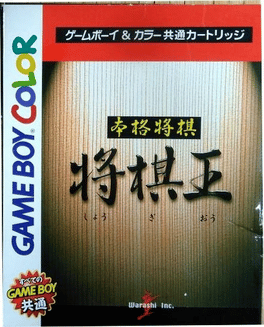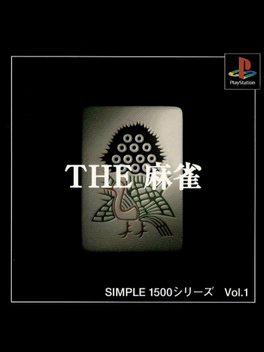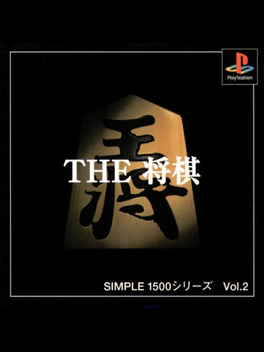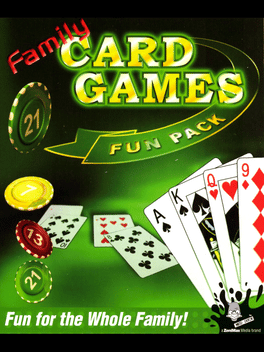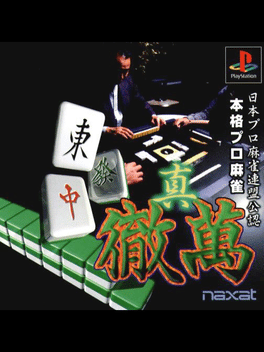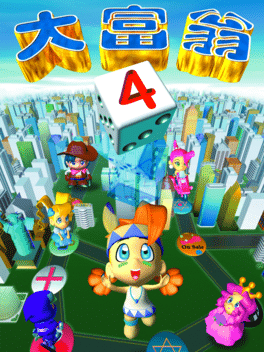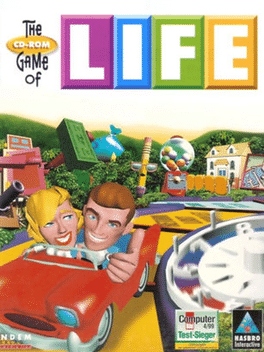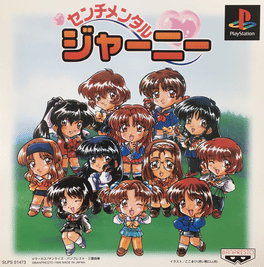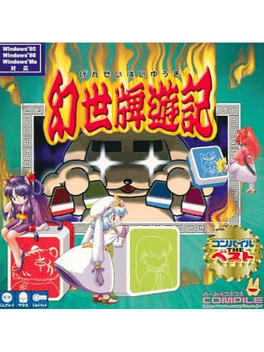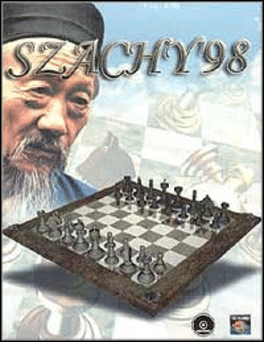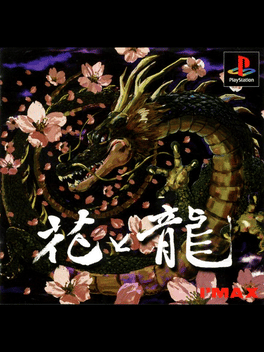New Gamegear Games - Page 56
-
Mahjong Quest
1998
-
Umezawa Yukari no Taikyoku Igo - Heisei Kiin II
1998
Full-scale Go games popularity of female professional go player, Yukari Umezawa was supervised. Introduction that explains the basics of the game of go, medium further level tactics strategy ed for up from senior, PvP and free to enjoy-to-CPU game you set the Kiryoku combat opposite station, eds., Was recorded a selection of classic name stations game record file equipped with a 4 mode of name stations appreciation ed, you can enjoy a wide range from beginner to advanced. -
Yu-Gi-Oh! Duel Monsters
1998
Yu-Gi-Oh! Duel Monsters is the second Yu-Gi-Oh! video game, following Yu-Gi-Oh! Monster Capsule: Breed and Battle. It is the first game in the Duel Monsters series and the only game released for the Game Boy. It was published in Japan by Konami on December 16, 1998. -
Saikyou Todai Shogi
1998
Saikyou Todai Shogi
1998
Saikyou Todai Shogi (aka Saikyou Toudai Shougi) is a shogi game with different game modes vs another human player or computer opponents. -
Simple 1500 Series Vol. 8: The Solitaire
1998
Simple 1500 Series vol.8 - The Solitaire is a peg solitaire game that features different Pet Solitaires boards and also a 2 players vs mode. -
Simple 1500 Series Vol. 5: The Igo
1998
Simple 1500 Series vol. 5 - The Igo is a igo game that features 3 different boards and backgrounds, and also a 2 players vs mode -
Simple 1500 Series Vol. 4: The Reversi
1998
Reversi (also marketed by Pressman under the trade name Othello) is a board game involving abstract strategy and played by two players on a board with 8 rows and 8 columns and a set of distinct pieces for each side. Pieces typically are disks with a light and a dark face, each side belonging to one player. The player's goal is to have a majority of their colored pieces showing at the end of the game, turning over as many of their opponent's pieces as possible. -
Simple 1500 Series Vol. 1: The Mahjong
1998
This is a video game version of the ancient game of Mahjong for the PlayStation. The player can go up against up to three computer opponents. It is a budget title released only in Japan, and was the first release in the Simple 1500 Series. -
Simple 1500 Series Vol. 2: The Shogi
1998
Shogi, also known as Japanese chess, is a two-player board game in the same family as Western chess, chaturanga, and Chinese Xiangqi, and is the most popular of a family of chess variants native to Japan. Shogi means general's. Simple 1500 Series vol. 002 - The Shogi is a shogi game supervised by the president of the Computer Shogi Association, that features 3 difficulty levels and also a 2 players vs mode. -
Family Card Games Fun Pack
1998
Play your favorite card games like you’ve never seen them before. Interactive gameplay and crisp graphics make Family Card Games Fun Pack a fun time for the entire family. Includes Seven in a Row, Old Maid (Old Man), The Rich Man, Speed, Splash, Poker, Page One, Blackjack, Seven Bridges, and Concentration! -
Pro Mahjong Kiwame Plus II
1998
Pro Mahjong Kiwame Plus II is a mahjong game and is the second game in the series released for the Playstation One console. The game features 16 different real mahjong players as opponents and the game mode is a 4 player vs mahjong. The game got 3 game modes: Professional, Gamble & Training. Mahjong is a game for four players that originated in China. It was called, meaning sparrow in ancient China, which is still the name most commonly used in some southern Chinese dialects such as Cantonese and Minnan, as well as in Japanese. However, most Mandarin-speaking Chinese now call the game má jiàng. Mahjong involves skill, strategy, and calculation, as well as a certain degree of luck (depending on the variation played, luck can be anything from a minor to a dominant factor in winning). In Asia, mahjong is also popularly played as a gambling game. In the game, each player is dealt either thirteen or sixteen tiles in a hand, depending on the variation being played. On their turn, players draw a tile and discard one, -
Nihon Pro Mahjong Renmei Kounin: Honkaku Pro Mahjong: Shin Tetsuman
1998
Nippon Pro Mahjong Renmei Kounin: Shin Tetsuman is a Mahjong board game, developed by Chat Noir and published by Naxat Soft, which was released in Japan in 1998. -
Richman 4
1998
Richman 4
1998
Richman 4 is the fourth main installment in the Richman series, developed and published by Softstar Entertainment. It's a classic computer board game in which players earn money by luck (dicing) and strategy (buying land and buying cards) to defeat other players. -
The Game of Life
1998
The Game of Life
1998
star 6.6The classic board game comes to life (no pun intended) on the PC and PlayStation. This is the 1998 Mass Media, Inc. version, and features Full Motion Videos on Enhanced version. Play the Classic or Enhanced version of the classic game. Spin the spinner, get a job, get married, buy a house, play the stock market, take revenge against other players and gain wealth. Play up to 6 players either over a network or the internet. -
Sentimental Journey
1998
Sentimental Journey
1998
Sentimental Graffiti is the name of a popular dating simulation series by NEC Interchannel. A TV anime based on the series was later produced, titled Sentimental Journey. Sentimental Journey is a collection of twelve short stories about twelve different girls. Though unrelated, there is one common theme that binds the episodes together: each girl's bittersweet experience of first love. In this Playstation game the player can choose a girl (or 4 of them if there are 4 players to play) and let her find the love during a board game. There are different boys to meet and different mini games and special blocs to make the game more interesting. -
Gensei Haiyuuki
1998
-
Chess '98
1998
-
Hana to Ryuu
1998
Hana to Ryuu
1998
Hana to Ryuu is a yaoi manga series created by Kazuma Kodaka in 1993. Designed as a doujinshi, Hana to Ryu follows Ryuji Kazama, the son of a dead yakuza boss, as he struggles to maintain a peaceful existence while dealing with harmful forces all around him. Hana to Ryu takes place in the universe of another Kodaka series Kizuna, taking place 10-15 years before Kizuna.

